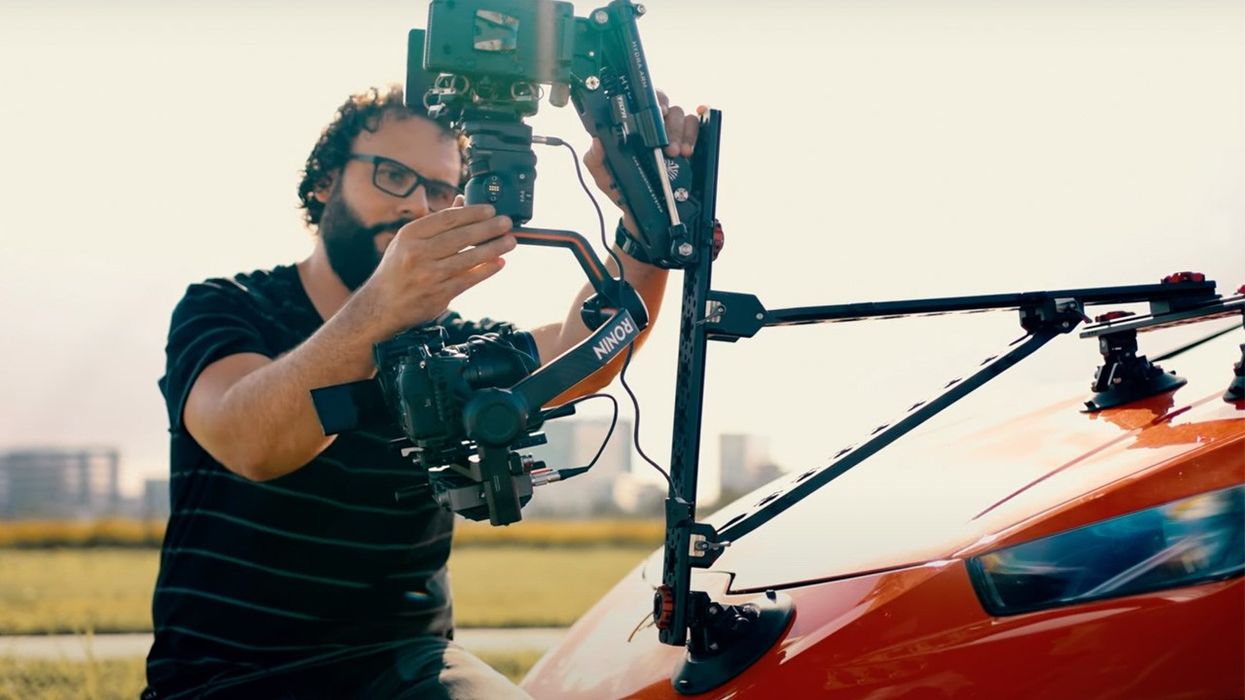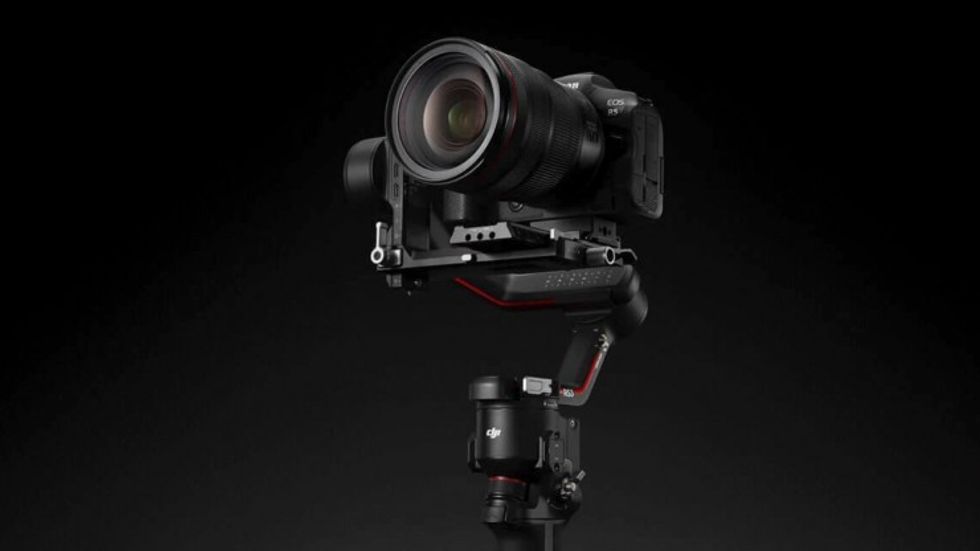Are the New DJI RS 3 and RS 3 Pro Gimbals Worth Upgrading from the RS 2 and RSC 2?
Filmmaker Dan Watson takes a look at the new DJI RS 3 and RS 3 Pro gimbals and compares them to the previous generation.

DJI isn’t just known for drones. Its gimbals are used by filmmakers and content creators around the world. However, with new models debuting at a fast pace, one filmmaker has put several models, including the new RS 3 and RS 3 Pro and the older RSC 2 and RS 2, to the test in a classic battle royal to determine if the latest and greatest DJI gimbal is the way to go.
Check out Watson's video.
DJI and Watson
Dan Watson is a filmmaker whose YouTube channel features his work along with extensive camera and gear tests and comparisons. He had the RS 3 and RS 3 Pro and performed some real-world tests with both the new and older models. And he's a fan of the DJI gimbals, saying they are the among best on the market, particularly the new models.
"I've been doing some of my favorite shoots these past two weeks with these gimbals," Watson said. "I'm talking about Lamborghini chase cars with car mounts!"
In his video, Watson breaks down what's new with the RS 3 and RS 3 Pro, the differences between the two, and how they compare to the older models, the RSC 2 and RS 2. Let's take a look at some of the important details that he covered.
Differences Between the New and Old
DJI revamps its gimbal line at a seemingly fast rate. Just when you think the new model and design are here to stay, new ones debut. Case in point—the RS 3 and RS 3 Pro arrived just two years after the RSC 2 and RS 2. If you want a more lengthy breakdown of the differences, check out our initial write-up here.

First of all, the RS 3 replaces the RSC 2, while the RS 3 Pro takes over the spot from the RS 2. Watson notes that the RS 3 and RS 3 Pro are very similar, while the RSC 2 and RS 2 didn't have many of the same features. Following the naming conventions can be a little difficult, but if you map out the releases, it'll start to make sense. It seems that DJI is still iterating on how it wants its gimbal roadmap to evolve.
The RS 3 and RS 3 Pro both have a 1.8-inch OLED touchscreen, while the RS 2 featured a smaller one and the RSC 2 didn't feature touchscreen technology. Both of the newest 3-series models, and RS 2, feature a removable battery grip, but the RSC 2 had an integrated one.

Speaking of the touchscreen, Watson recommends locking it, as he found it easy to touch by accident while using the RS 3 or RS 3 Pro. Fortunately, DJI allows the M button to be programmed to lock the touchscreen, plus you can do so in the menu. There are a lot of nice quality-of-life features like this.
You can also change modes on both the RS 3 and RS 3 Pro with a physical dial, found on the side, and there's no need to unlock the touchscreen and changes modes in the menu. The modes include pan follow, pan-tilt follow, and FPV, and each one can be programmed with its own speeds, settings, etc.
Watson really likes the new Automatic Locking feature, and it works really well. You can still manually lock the new gimbals, but it's nice to set it to lock automatically.
DJI RS 3 and RS 3 Pro Gimbals Standout Features
- An adjustment knob on the plate to fine-tune where the camera is positioned.
- The RS 3 Pro may be bigger than the RS 3, but it's not much heavier, thanks to its carbon fiber construction. That's great if you're working with larger cameras or overall camera setups.
- Both gimbals have improved stabilization.
- The RS 3 Pro can handle up to 10 pounds and the RS 3 can handle 6.6 pounds.
- New clamps to lock things into place, which is a huge improvement over the RSC 2's screw attachments.
- Bluetooth connectivity to the camera, eliminating the need for cables to control the camera, including record start/stop.
- Both of the new gimbals can be controlled and customized by the Ronin app, but the RS 3 Pro has the DJI Ronin Image Transmitter (formerly RavenEye), allowing for live monitoring remotely in 1080p30 up to 600 feet away. It also features full active track mode, so the RS 3 Pro will track a subject. This is great if you're filming alone.
- There is a LiDAR Range Finder for the RS 3 Pro, which is a fairly fast autofocus feature to be used with the DJI focus motor and AF or manual lenses. Those autofocus settings can be modified.
Conclusion
The updates to the new gimbals from DJI make both the RS 3 and RS 3 Pro must-haves for content creators, especially if this is your first gimbal. If you already own the RS 2, you can hang onto that gimbal a little longer, thanks to many similar features to the new units. If you own the RSC 2 and use it often, it may be tempting to upgrade to the RS 3. Dan feels that the RS 3 is a "massive improvement" over the RSC 2, and the RS 3 Pro is the "ultimate gimbal for just about everything."
DJI RS 3 & RS 3 Pro

- Lightweight Design with 6.6lb or 10lb Payload
- Advanced 1.8" OLED Touchscreen
- Instant Mode Switching
- Supports Wireless Image Transmitter
- Motion Control with Smartphone
- 12-Hour Operation Time, PD Fast Charging
- Fine-Tuning Knob on Tilt Axis
It's also great to see that the RS 3 and RS 3 Pro have similar features and functions, and if you're on a budget, the RS 3 doesn't feel like it's greatly lacking compared to the Pro, unlike the RSC 2 and RS 2.
Learn more about the DJI RS 3 and RS 3 Pro, and make sure to show Watson some love and subscribe to his YouTube channel.
Check out weekly specials, deals, and rebates: Pro Video Gear, Pro Audio Gear, Lighting
Source: Dan Watson











